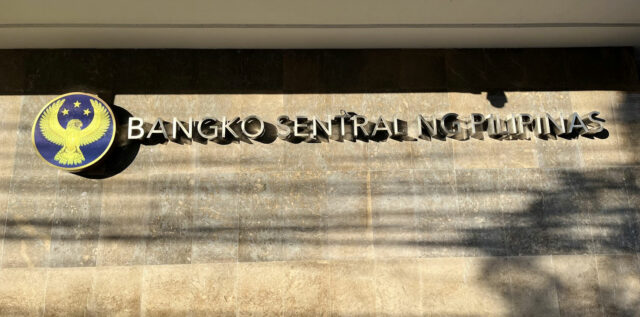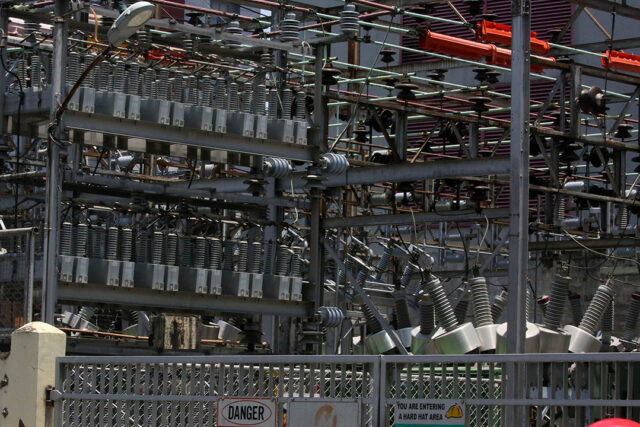Century-strong UTCI introduces DELI Tools

Revolutionizing the Philippine hardware market
UTCI (Uy Tit & Company Inc.) celebrated a significant milestone with the grand launch of DELI Tools in the Philippines last May 16, 2024. The event themed on “Founding for Success,” held at Sheridan Mandaluyong, showcased an extensive range of DELI Tools, marking a new chapter in UTCI’s commitment to innovation and excellence in the hardware sector.
UTCI, known for its century-long legacy in the hardware industry, has partnered with DELI to bring a wide array of high-quality tools to the Filipino market. This collaboration signifies a major step for both companies, as they aim to provide durable and reliable tools to both business and individual customers in the Philippines.
The event featured a gallery of DELI Tools, including Semi Pro Series, Professional Series, Home Series, and Gardening Series. Attendees had the opportunity to explore these products firsthand, highlighting the versatility and quality that DELI Tools brings to the market.

The press conference included key executives from both UTCI and DELI. Michelle L. Ong, managing director of Business Development and Operations at UTCI, emphasized the strategic initiatives and vision for UTCI and DELI Tools in the Philippines. “This partnership embodies our enduring values of quality and affordability, and we’re excited to offer our customers the innovative and reliable products from DELI Tools,” she stated.

Melody Lau, managing director of Procurement and Accounting at UTCI, shared insights into the development and procurement strategies that have led to this successful partnership. “Our ancestors had been importing brands in the hardware industry for decades until we started to build our house brand almost 37 years ago. Now, with DELI Tools, we believe we can build a strong partnership and make it the number one hardware tools brand in the market,” she explained.

Marco Hu, country manager of DELI Philippines, highlighted the brand’s market expansion strategies and innovative marketing approaches. “DELI stands out with its strong product development and diverse range of products. This partnership will introduce exceptional support and innovation to our partners and customers, differentiating DELI Tools from other brands and elevating the overall market standards,” he noted.

Luis Liu, global regional manager of DELI Southeast Asia, discussed the operational excellence and management strategies that have made DELI a leading name in the tool industry. “Within five years, we aim to build a strong sales network in the Philippines and offer our partners reasonable pricing, ensuring profitability and a reliable partnership,” Mr. Liu commented.
This partnership aims to significantly enhance the availability and accessibility of high-quality tools across the Philippines. DELI Tools, known for its German engineering, promises durability and reliability at an affordable price. With a focus on both B2B and B2C markets, the partnership targets hardware store owners, construction companies, home improvement and renovation businesses, manufacturing businesses, auto detailing and repair businesses, DIY enthusiasts, professional carpenters, and homeowners.

During the press conference, executives answered questions from the media, providing insights into the partnership’s strategic goals, the quality and innovation behind DELI, and the expected impact on the Philippine market. “The partnership between UTCI and DELI was a result of perfect timing and mutual goals,” said Ms. Ong. “Both companies share a commitment to achieving success through dedication and hard work.”
Mr. Liu added, “We are deeply attracted to UTCI because of their history and strong business relationships as a hardware importer and distributor. This collaboration is like magic, and we are confident that DELI will become a trusted brand in the Philippine market.”
UTCI and DELI are poised to revolutionize the hardware tools market in the Philippines. With a shared vision of quality, innovation, and customer satisfaction, this partnership marks an exciting new chapter for both companies. The Filipino market can look forward to a new era of high-performance tools, supported by UTCI’s extensive experience and DELI’s cutting-edge technology. The event concluded with a message of gratitude to all stakeholders, expressing confidence in the bright future of this partnership and its positive impact on the hardware industry in the Philippines.
For further information about UTCI (Uy Tit & Company Inc.) Brands and DELI, please direct your inquiries to utci.biz@gmail.com and follow & like their facebook /uytitandcompanyinc.
Spotlight is BusinessWorld’s sponsored section that allows advertisers to amplify their brand and connect with BusinessWorld’s audience by publishing their stories on the BusinessWorld Web site. For more information, send an email to online@bworldonline.com.
Join us on Viber at https://bit.ly/3hv6bLA to get more updates and subscribe to BusinessWorld’s titles and get exclusive content through www.bworld-x.com.











